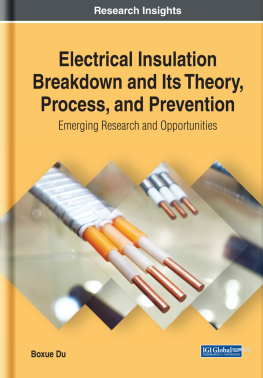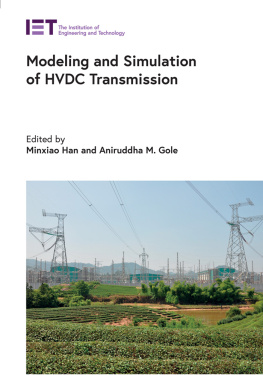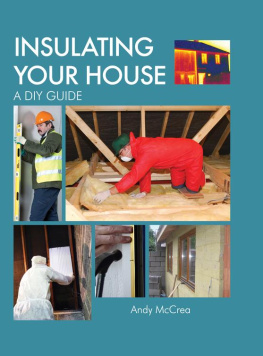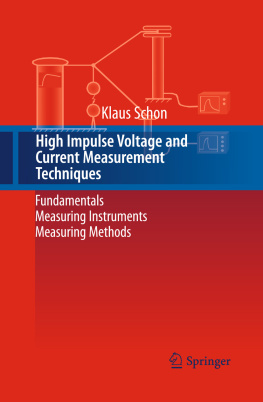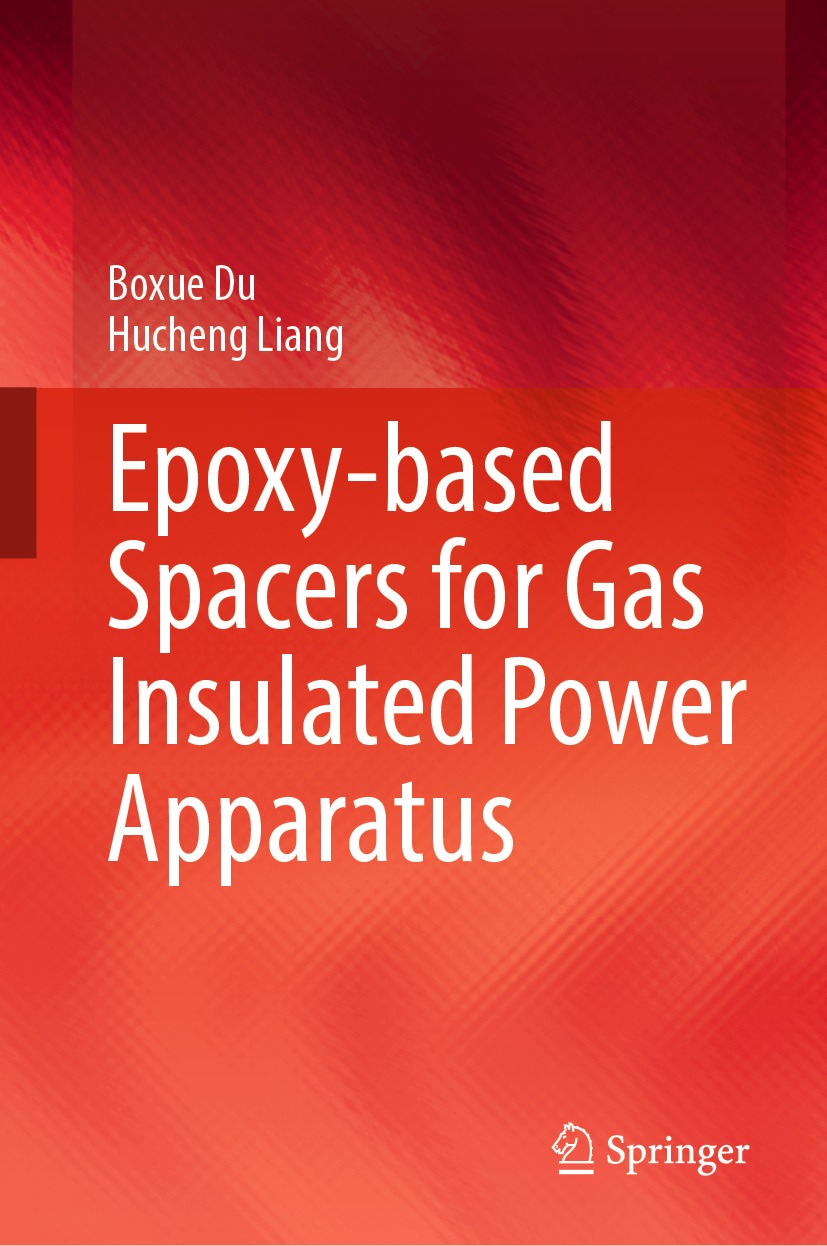Boxue Du - Epoxy-based Spacers for Gas Insulated Power Apparatus
Here you can read online Boxue Du - Epoxy-based Spacers for Gas Insulated Power Apparatus full text of the book (entire story) in english for free. Download pdf and epub, get meaning, cover and reviews about this ebook. City: Singapore, year: 2022, publisher: Springer, genre: Science. Description of the work, (preface) as well as reviews are available. Best literature library LitArk.com created for fans of good reading and offers a wide selection of genres:
Romance novel
Science fiction
Adventure
Detective
Science
History
Home and family
Prose
Art
Politics
Computer
Non-fiction
Religion
Business
Children
Humor
Choose a favorite category and find really read worthwhile books. Enjoy immersion in the world of imagination, feel the emotions of the characters or learn something new for yourself, make an fascinating discovery.
- Book:Epoxy-based Spacers for Gas Insulated Power Apparatus
- Author:
- Publisher:Springer
- Genre:
- Year:2022
- City:Singapore
- Rating:4 / 5
- Favourites:Add to favourites
- Your mark:
Epoxy-based Spacers for Gas Insulated Power Apparatus: summary, description and annotation
We offer to read an annotation, description, summary or preface (depends on what the author of the book "Epoxy-based Spacers for Gas Insulated Power Apparatus" wrote himself). If you haven't found the necessary information about the book — write in the comments, we will try to find it.
This book offers an insight into the insulation failures in GIS/GIL and provides practical guidance for improving the insulation reliability of epoxy-based spacers. High voltage gas-insulated apparatuses, including gas-insulated switchgears (GIS) and transmission lines (GIL), playing an important role in the global power transmission system. Epoxy-based spacers are key components in GIS/GIL, playing the role of electrical insulation and mechanical support. However, insulation failures frequently occur around the epoxy-based spacers, threatening the safe operation of the electric power system. Three topics make up this book, with seven to nine chapters in each topic. In the first topic, the surface charging and discharging behaviors of epoxy-based spacers are discussed to deepen the readers understanding on the insulation problems in GIS/GIL. And the insulation breakdown of epoxy-based spacers is found to be closely related to the electric field distortion under complex operating conditions. In the second topic, original researches on the surface functionally graded materials (SFGM) are presented for relaxing the electric field distortion around the epoxy-based spacers in both AC and DC GIS/GIL, and a series of optimization methods and fabrication techniques for the SFGM spacers are introduced and discussed. In the last topic, the nonlinear conductivity materials (NCM), also known as self-adaptive materials or intelligent materials, are applied as coatings to adaptively regulate the electric field distributions along the surfaces of the epoxy-based spacers. Besides, the concept of the multi-dimensional functionally graded materials (MFGM) is proposed to uniform the electric field distributions in DC GIS/GIL under stationary and transient voltages, exhibiting great potential in the future application.
Boxue Du: author's other books
Who wrote Epoxy-based Spacers for Gas Insulated Power Apparatus? Find out the surname, the name of the author of the book and a list of all author's works by series.


